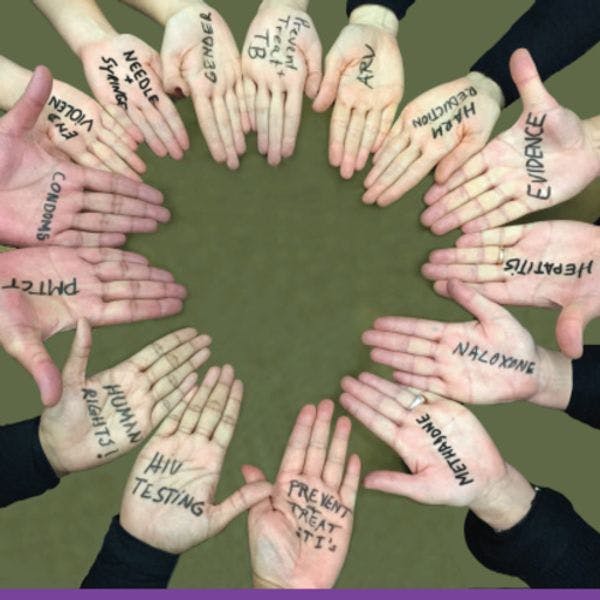Aplicación de programas integrales de VIH y VHC entre personas que se inyectan drogas
La Oficina de las Naciones Unidas contra la Droga y el Delito (UNODC) ha creado una herramienta que aborda la mejor manera de evitar la propagación del VIH y la hepatitis C entre las personas que usan drogas inyectadas. Más información, en inglés, está disponible abajo.
Suscríbase a las Alertas mensuales del IDPC para recibir información sobre cuestiones relacionadas con políticas sobre drogas.
In all regions of the world, people who inject drugs are disproportionately affected by HIV.1 Globally, people who inject drugs are 28 times more likely to be living with HIV than the general population. The United Nations Office on Drugs and Crime (UNODC), the World Health Organization (WHO), the Joint United Nations Programme on HIV/AIDS (UNAIDS) and the World Bank estimate that worldwide as of 2014, about 11.7 million2 people inject drugs, of whom an estimated 14% (1.6 million) are living with HIV.3 Injecting drug use accounts for 30% of new HIV infections outside subSaharan Africa. People who inject drugs also have higher rates of hepatitis C (HCV) and tuberculosis than the general population. The global rate of HCV among people who inject drugs is 52%, greatly surpassing even the high prevalence of HIV among them.
This tool does not seek to ignore the complex policy and legislative environment around drugs and injecting drug use in most countries, nor the need for advocacy to confront the stigma, discrimination and human-rights violations faced by people who inject drugs. However, it aims primarily to address the question: what can we do now, with the resources we have, in the kinds of environments we face, to prevent the spread of HIV and hepatitis C among people who inject drugs?
Keep up-to-date with drug policy developments by subscribing to the IDPC Monthly Alert.
